Side geometry
Being able to add thickness to a garment is a no-brainer.
Marvelous Designer proposed the user to enable thickness at export for
a while. But this was no better than adding a shell in 3DS Max (or any
equivalent 3D package). This is where the developer proposes the user
with a better option: curved side geometry. Again, combined with the
other features it gets extremely powerful. In the example on the image I have
tried to create a shirt collar.
Step 1: turn the collar (using fold
arrangement).
Step 2: duplicate the collar, flip the normal and sew the
two collars together using the turned sewing.
Step 3: setup the curved side geometry.
Done! Faster than ever!
Aligning points
That is a most modest addition in terms of complexity, but
still appreciated. You can now select a bunch of points in the 2D view,
right click, and then align them on the X or Y axis. One could bet that
this could lead us to interesting new modes for point manipulation in
the upcoming versions.
Round corners
In the previous versions, if you wanted to round off corners
of a pattern you pretty much had to eyeball it. The developer added a
new tool in the 2D Toolbar to round corners off. Technically, this
turns any point into curve points and then interpolates the outline to
create a curved chamfer. Drag more for a broad chamfer, or less for a
narrow one. It works equally well on an outline than an internal line.
This is something you do a lot in production. As a consequence it is as
much of time-saver as a nice way to get a clean corner.
UV Guidelines
One feature of MD that is often overlooked is the perfect UVs
it produces. It makes a huge difference in a production pipeline. In
previous versions, the developer introduced the « Unified UV
coordinates » at export. This made your UV clusters match the
2D pattern layout while fitting in a 0..1 UV space. There was no
significant improvement to this feature until today. MD5 now gives you
more control over how you want your UVs to be after export. You can
drag a rectangle in 2D space that will represent your 0..1 UV space.
This is exactly what you will get after export in the 3D package of
your choice. You still need to activate the « Unified UV
coordinates » at export though.
Avatar upgrades
The avatar gets its piece of the pie, too. I am actually
surprised it took so long to the developer to add a measuring tool. It
is now integrated in MD5 and you can take measures just like a
professional tailor. A specific toolbar has been designed for this,
with 3 distinct modes: The first one (basic tape) will take linear
measures, which is perfect for measuring the length of a pair of jeans
legs. The second one (basic circumference) will wrap around a surface,
just like a slice, which is perfect for measuring the circumference of
a chest or a waist line. The 3rd button is to edit the measures taken.
This one is so poorly designed that I failed to simply get anything out
of it. Another sad thing is that for some odd reason the toolbar is not
active by default. You will need to right click on the 3D toolbar to
activate it.
But there is more to the avatar upgrade. If you ever wanted to
deactivate the avatar collision in previous versions you know how
painful that was. You pretty much had to load another
« empty » avatar to trick the tool into avoiding
avatar collision. MD5 fixes the problem by introducing a collision
detection toggle on the avatar. You can also hide avatars individually
if you loaded multiple ones. However the design is not very elegant
when combined with the show/hide avatar shortcut (shift+A). Both
systems conflict with each other and it could lead to some confusion
from time to time.
Coordinate Gizmo
This one is a very small upgrade. If, like me, you sometimes
ended up rotating a pattern while initially intending to move it (or
vice versa), you probably got a bit frustrated. By default the new
gizmo is still in unified mode. But hitting shortcuts will now get you
to specific behaviors: Q for select, W for move, E for rotate. Not
mind-blowing but helpful.
Simulation Speed
The developer promised a 30% speed update in simulation mode.
I have no reason to doubt their numbers but I can only confirm the
simulation is slightly faster. By how much precisely is difficult to
say. But any improvement is always very welcome. As I use the PC
version, I cannot confirm the 70% of simulation speed on the Mac
version.
On a side note, I did not take a full paragraph to describe
some other minor but still meaningful features such as the eyedropper,
the LXO export for Modo, or the fact that you can now save your
simulation options within your project file. This doesn’t mean they are
not great, but they are pretty much self-explanatory.
Overall it feels like those new features combined together
give you a significant productivity boost. The leather jacket example
on the image is striking. It was done completely under an hour. I roughly
estimate that the new functionality improved my efficiency and speed by
about 30-40%.
It “seams” perfect…but there are still some regrets
MD5 gives us a ton of stuff already. But artists can never
stop asking for more, can they? I was really expecting some more
improvements that were not part of this new release. Amongst those few
regrets, I could name:
Quadrangulate is still really below expectations. Compared to
other plugins built into more traditional modeling packages (like Maya
NCloth, to name only one) the topology it produces is mediocre at best.
This feature merely turns two triangles into a quad, and as a
consequence, the flow of the edges is not good enough. It does
subdivide a bit better (than ZBrush for instance), but falls way below
expectations as far as I am concerned.
Avatars are missing something really nice too: I wish avatars
could better mimic the behavior of skin and be slightly deformed by the
simulation. For instance, I wish you could tie a belt so tight around
the waist that the skin would get pushed in a bit. If you have tried
creating a chubby or overweight character in MD you probably know what
I mean: You have to sculpt your avatar to fake the guts hanging lose
over a tighter waist line. As a side note, it is also probably the
right time to mention the built in avatar are still super ugly and
stiff in their posing. In my opinion they are pretty much useless in
their current shape.
Next in the list is an old favorite of mine: the “synchronize”
button. In previous versions, you could desynchronize the 2 views if
you wanted to put the simulation on hold while you did some changes in
the 2D view. It was very handy. The button seems gone, and the
synchronization between the 2 views is always on. Did the developer
remove the feature or is it hidden somewhere? Did they judge it no
longer relevant? In both cases I think it is a shame.
Last but not least, a few words about the pricing. Perpetual
personal license is $550. Subscription is $360 per year, $60 per month.
In my humble opinion this is a bit too high. Enterprise licenses are
quite expensive, too. Upgrades don’t come free of charge. Upgrading
price is usually 50% of full price of the following version. Skipping a
versions leaves you with no other choice than full price on the
following one. I know MD is an amazing program that requires a lot of
skills and hard work to ship and maintain, but it is still quite
specialized. Individuals and businesses have a lot of other programs to
acquire and I think few will afford upgrading to every new version of
MD.
Conclusion
This new release of Marvelous Designer is definitely a major
one. The focus has clearly been put on optimizing your workflow and
making it a lot more efficient. It is faster than ever to get to a
point where you consider your garments as good as done. The most
tedious tasks have been made a lot easier: cutting, offsetting as
internal lines, fold arrangement, trace, round corners, to only name a
few. The improved speed of simulation is a great addition, too. Not
only those new features are great by themselves, but they also add so
much to versions 4 and 4.5 improvements that the package feels more
mature than ever. It is a bit overpriced, and there are still
improvements to be made in the future, but if you can afford the
upgrade, I strongly recommend this version.

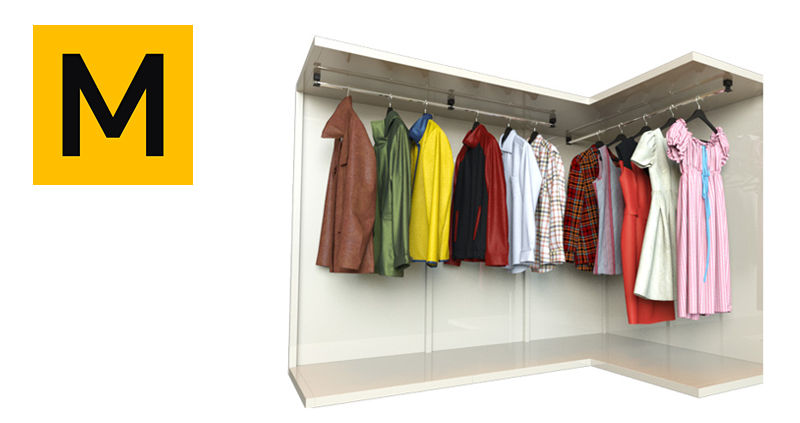
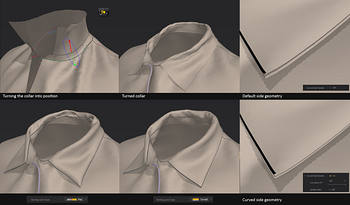
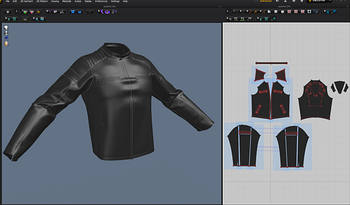
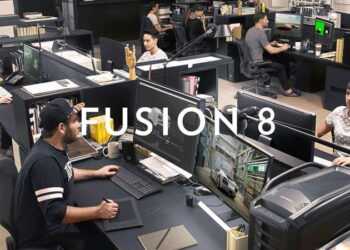
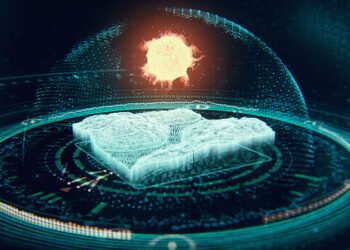

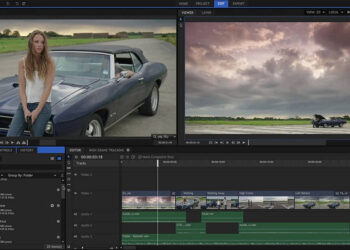




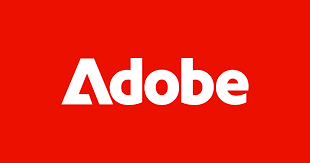

Nice review. Thanks.
Strange interface. Illogical cloth setup process. Why a mesh quality (density) called particle distance ? VERY clumsy work with avatars. Inconvenient gizmo. But, yes, speed simultion is good.
The price for individual artist only.
For company, $4,000 or $1,400/year.
If you want network lic, $6,000!